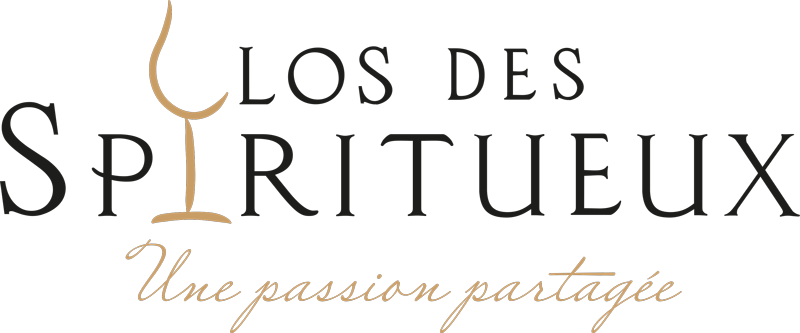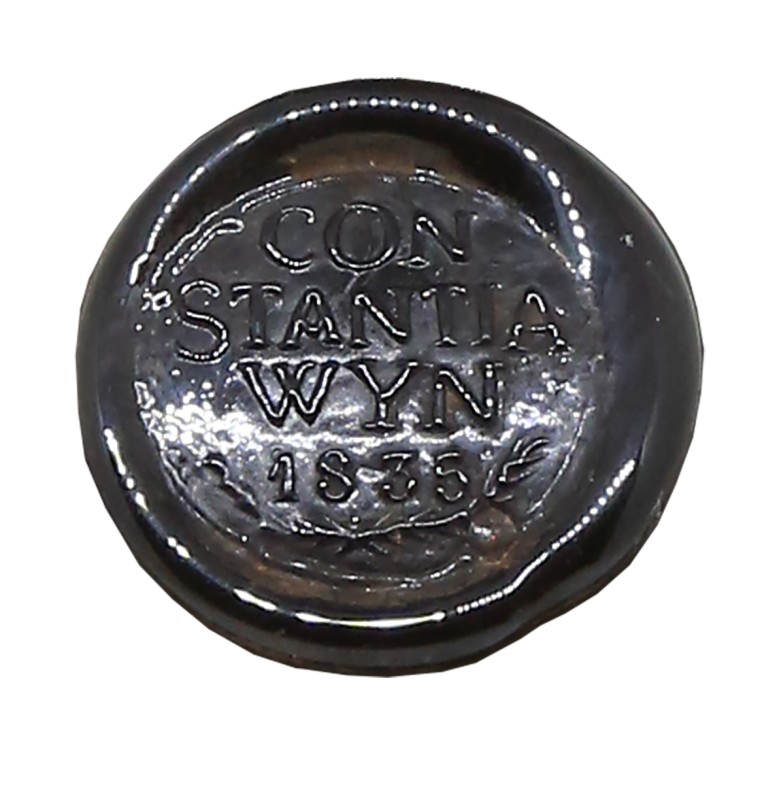-
Rum
Appellations
Winery
- Neisson (Rum)
- Angostura (Rum)
- Arhumatic (Rum)
- Bielle (Rhum)
- Bologne (Rum)
- Foursquare (Rum)
- Les Frères de La Côte (Rum)
- La Favorite (Rum)
- Longueteau (Rum)
- HSE (Rum)
- Montebello (Rum)
- Plantation (Rum)
- Saint James (Rum)
- Savanna (Rum)
- Trois Rivières (Rum)
- Velier (Rum)
- Ti Ced' (Rum)
- Chantal Comte (Rum)
- Depaz (Rum)
- J.M (Rum)
- Neisson (Rum)
-
Whisky
Appellations
Winery
- Château Mouton Rothschild
- Velier (Rum)
- Our Selection "Whisky Live 2021"
- Ardbeg (Whisky)
- Adelphi Selection (Whisky)
- Ardnamurchan (Whisky)
- Arran - Lochranza (Whisky)
- The Balvenie (Whisky)
- Bruichladdich (Whisky)
- Bunnahabhain (Whisky)
- Springbank Distillers (Whisky)
- Daftmill (Whisky)
- The GlenAllachie (Whisky)
- GlenDronach (Whisky)
- Glenfarclas (Whisky)
- Gordon & MacPhail (Whisky)
- Kilchoman (Whisky)
- Tobermory - Ledaig (Whisky)
- Gin
- Armagnac & Cognac
- Aperitif & Cocktail
- White Spirits
-
Absinthe & Aniseed
Appellations
Winery
- Liqueur
-
Port
Appellations
Winery
- Calvados
- Tastings
- Samples of 3 cl












